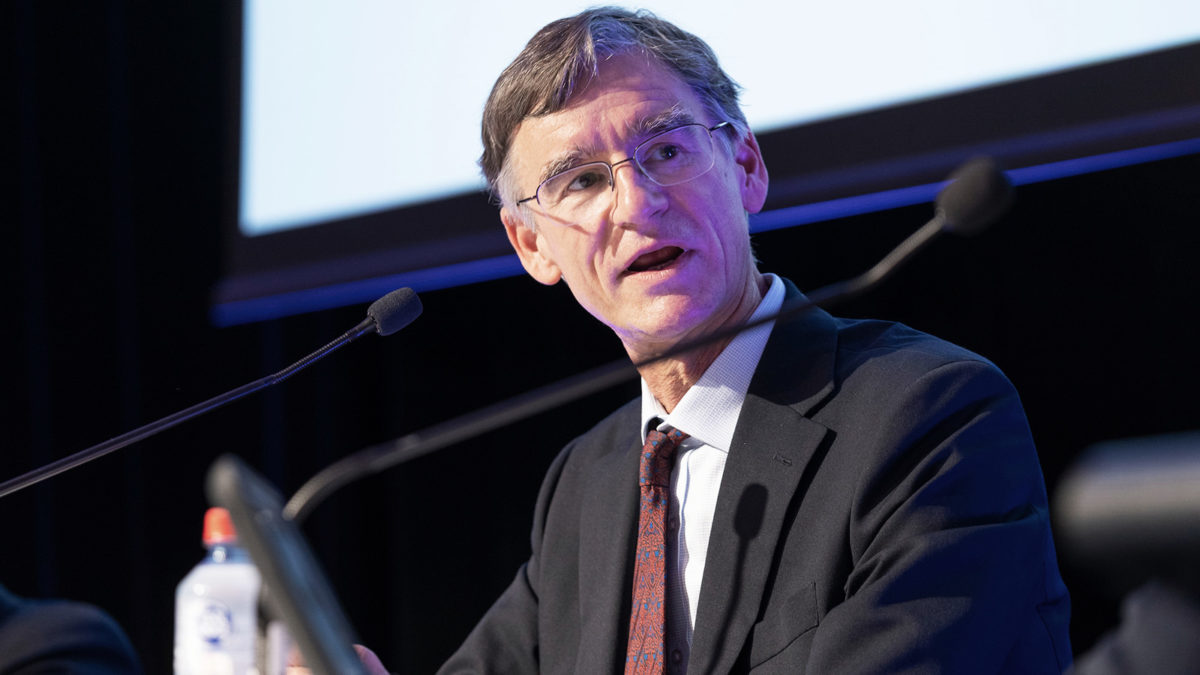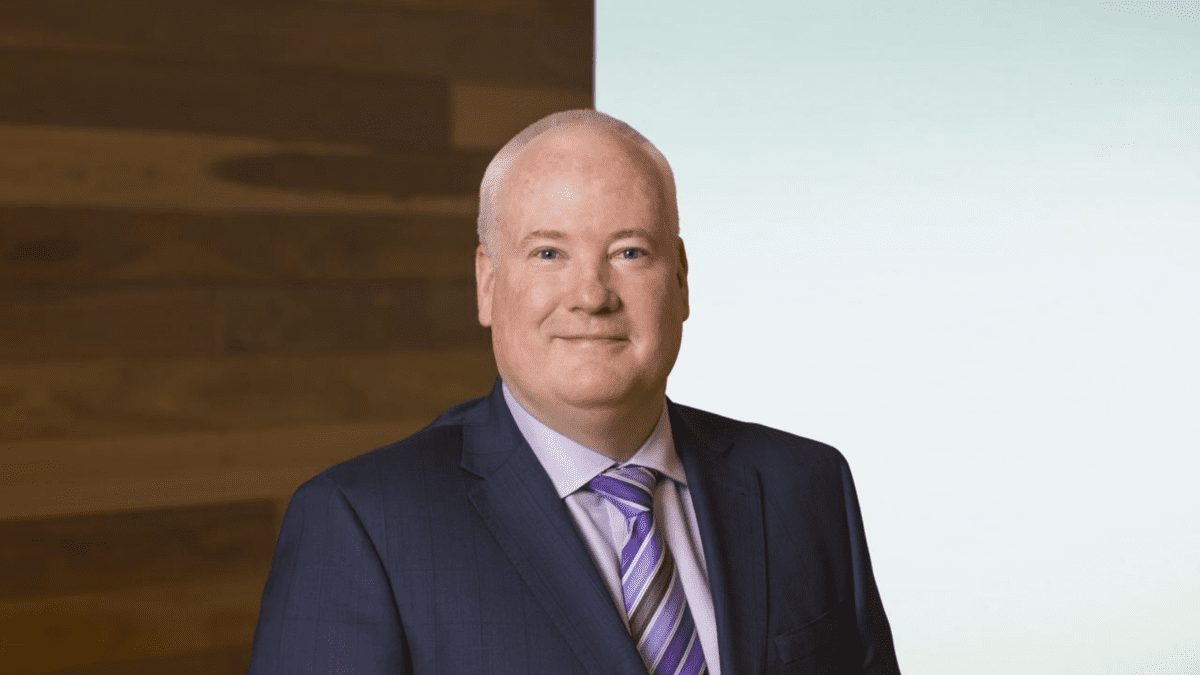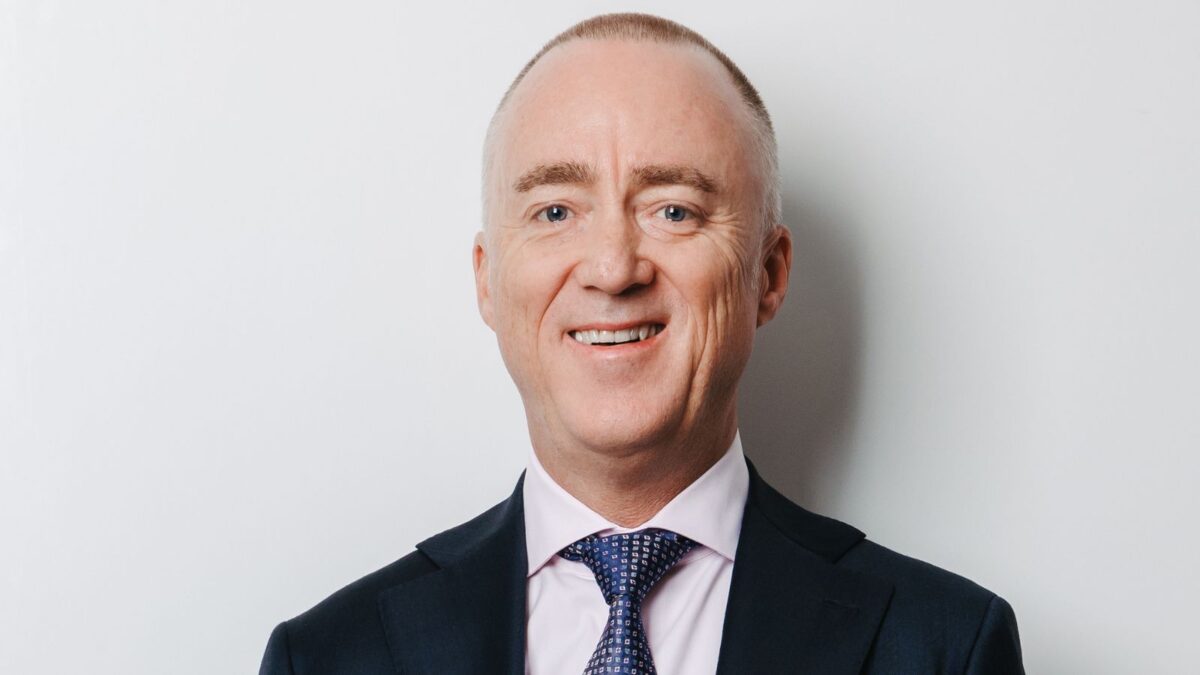Why Brighter Super is buying in its own backyard
With megafunds like AustralianSuper and Aware sending more of their members’ money overseas and establishing international offices, the starting gun has been fired on the internationalisation of Australia’s retirement giants.
But the $32 billion Brighter Super is looking closer to home. It’s already got a long history of putting money into its home state, but is taking it up a notch by investing another $500 million as part of its planned Queensland Investment Strategy (QIS).
“We own half of Sunshine Coast airport, around a third of the North Queensland Gas Pipeline, the Gracemere saleyards,” Brighter Super CEO Kate Farrar tells ISN. “Those assets have always been important to us. But once we got to the end of our integration it became clear that if we wanted to make a material difference to our asset ownership in Queensland – at the same time as ensuring that we deliver great projects and great returns in members’ best financial interests – that we would have to have an intentional strategy.”
The fund already has $1 billion invested in the Sunshine State, while seventy per cent of its members live there and 85 per cent of its FUM hails from it. When it set out to merge, predecessor fund LGIAsuper looked for partners with a focus on Queensland – finding them in Energy Super and Suncorp Super, the latter of which was acquired) – and the successor fund has been designed with that focus as a “core part of its unique service proposition”.
“The mega players are focussed on the whole world. The thing that’s exciting for me is focussing firmly in Queensland.”
Kate Farrar
“Having that connection means we’ll look at assets that will make a significant difference to the communities, and particularly the mid-sized assets that make a difference in Queensland’s regional cities and towns in a way that other funds might not,” Farrar says. “Queensland is quite unique in the dispersed nature of its population – it does have really healthy regions, which I think is a real asset to the state.”
The fund is now at “phase two” of the QIS, with an initial shortlist of partners and opportunities to which it could allocate that $500 million. Renewable energy infrastructure is a huge capital call for the entire superannuation industry, while natural capital – including water, cropping and controlled-environment agriculture “is so important for food security and the growth of Queensland going forward”.
“It’s interesting how climate- and nature-based considerations are starting to interact as well, and I do think the natural capital market is… an area where there’s likely to be some rapid development over the next five years, and I think Queensland and Brighter Super are in a position to take advantage of that,” Farrar says.
Farrar believes that the QIS is an example of the kind of niche that small- and mid-sized funds (Brighter considers itself the latter, having climbed above APRA’s $30 billion figure) can find in a landscape that’s often dominated by the megafunds.
“I think it’s very important for mid-sized funds to understand their unique value proposition. For us it’s face to face services around Queensland, and that naturally leads us into (the QIS). It’s possible for other mid-sized funds to use the same type of engagements – at the end of the day, a mid-sized fund is always going to compete on understanding of the member base, of personal experience, of personal service.
“The mega players are focussed on the whole world,” Farrar says. “The thing that’s exciting for me is focussing firmly in Queensland.”










